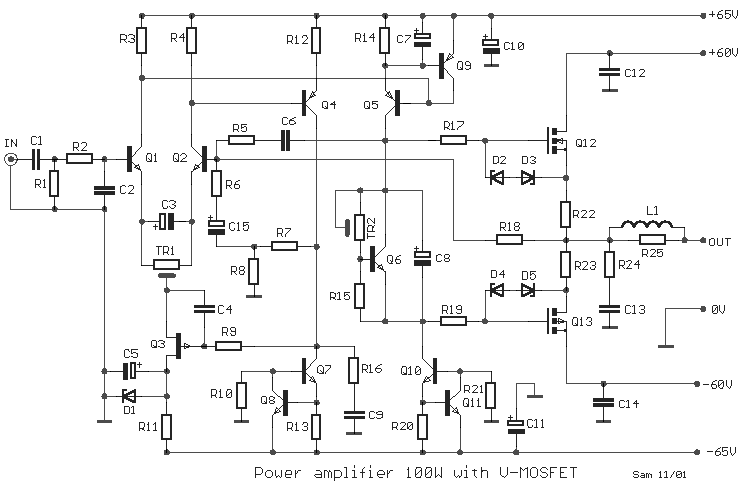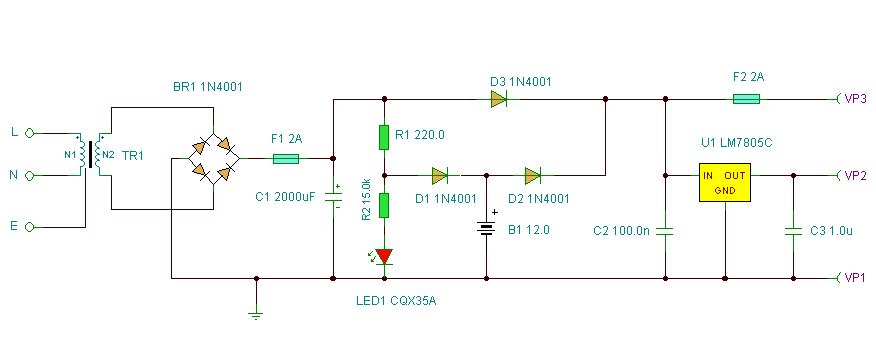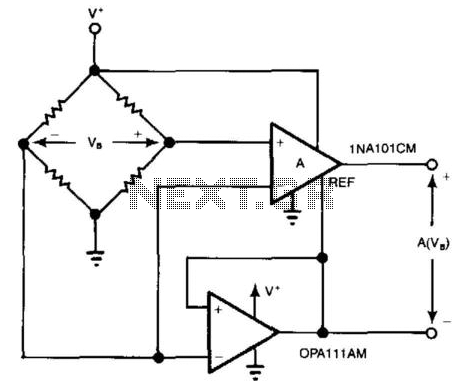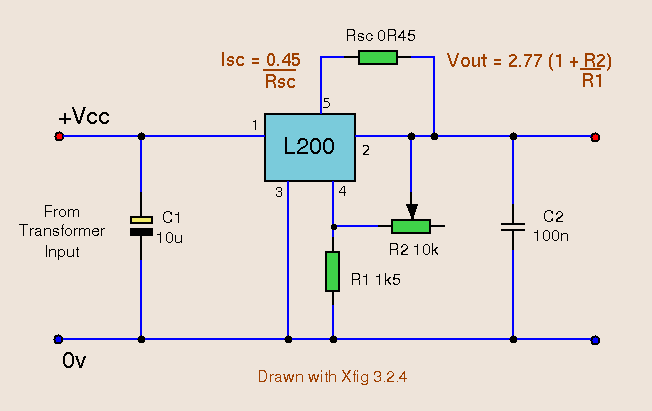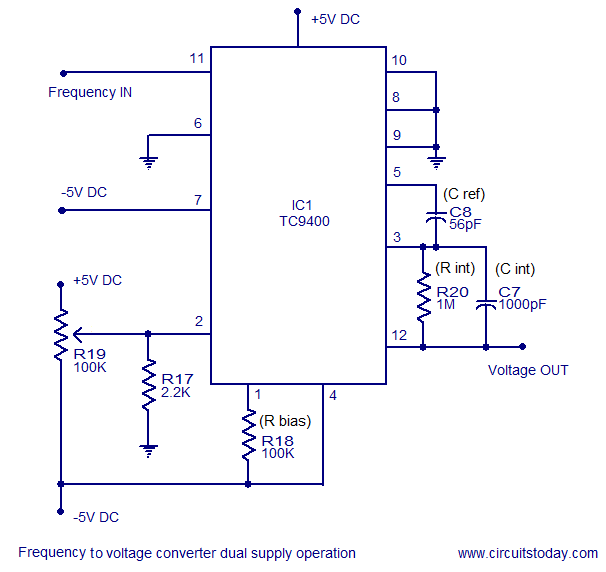
Power voltage-to-current converter
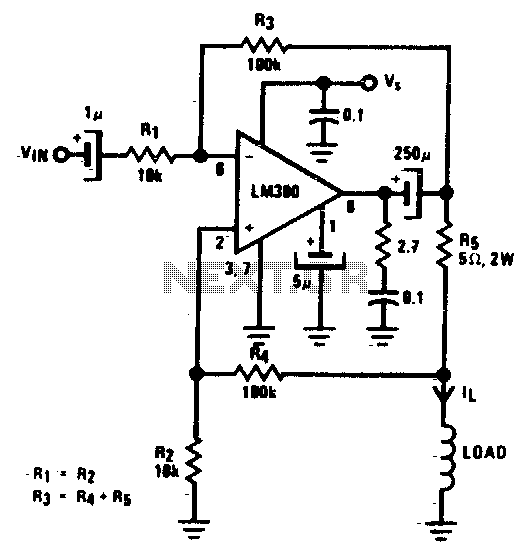
A low-cost converter is capable of supplying constant AC currents up to 1 A over variable loads.
The low-cost converter is designed to provide a stable output of alternating current (AC) while accommodating fluctuating load conditions. This capability is essential in applications where the load may vary, ensuring that the current remains consistent at a maximum output of 1 A.
The circuit typically consists of a power supply stage, which may include a transformer or switching regulator, to convert the input voltage to the desired AC output level. The use of feedback mechanisms, such as operational amplifiers or dedicated control ICs, is crucial for maintaining the output current at a constant level despite changes in load resistance.
In addition, protection features should be integrated to safeguard against overcurrent conditions, which could potentially damage the converter or connected loads. These may include fuses, circuit breakers, or electronic current limiting techniques.
The design must also consider thermal management, as the converter components may generate heat during operation. Adequate heat sinking or ventilation should be implemented to ensure reliable performance and longevity of the device.
Overall, this low-cost converter represents an efficient solution for applications requiring consistent AC current output, making it suitable for various consumer electronics, industrial equipment, and other systems where stable power supply is critical.Low cost converter is capable of supplying constant ac currents up to 1 A over variable loads. 🔗 External reference
The low-cost converter is designed to provide a stable output of alternating current (AC) while accommodating fluctuating load conditions. This capability is essential in applications where the load may vary, ensuring that the current remains consistent at a maximum output of 1 A.
The circuit typically consists of a power supply stage, which may include a transformer or switching regulator, to convert the input voltage to the desired AC output level. The use of feedback mechanisms, such as operational amplifiers or dedicated control ICs, is crucial for maintaining the output current at a constant level despite changes in load resistance.
In addition, protection features should be integrated to safeguard against overcurrent conditions, which could potentially damage the converter or connected loads. These may include fuses, circuit breakers, or electronic current limiting techniques.
The design must also consider thermal management, as the converter components may generate heat during operation. Adequate heat sinking or ventilation should be implemented to ensure reliable performance and longevity of the device.
Overall, this low-cost converter represents an efficient solution for applications requiring consistent AC current output, making it suitable for various consumer electronics, industrial equipment, and other systems where stable power supply is critical.Low cost converter is capable of supplying constant ac currents up to 1 A over variable loads. 🔗 External reference
